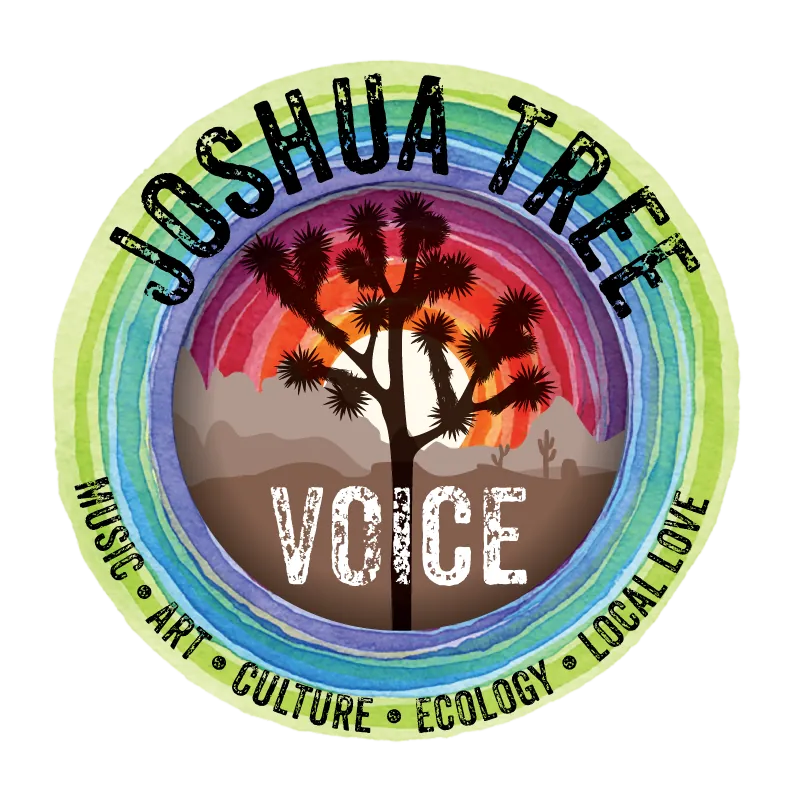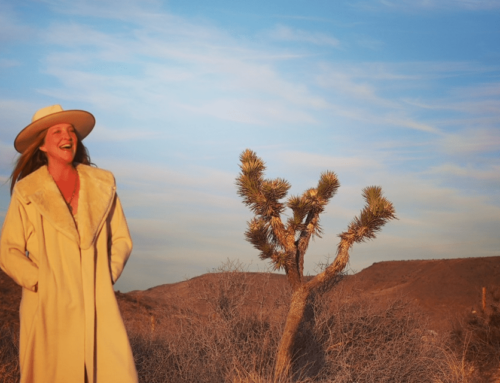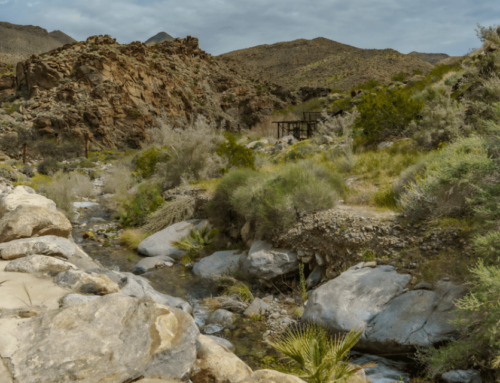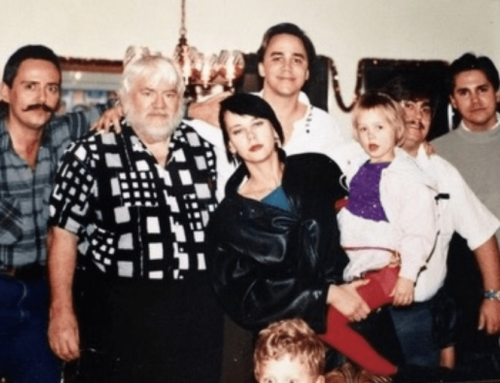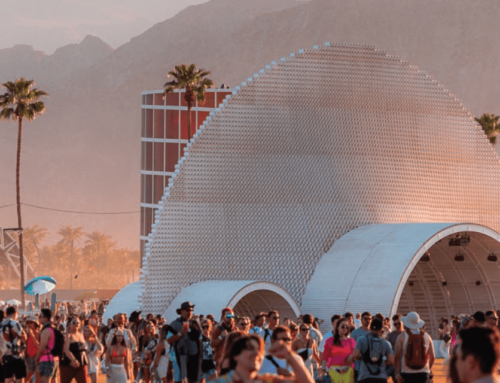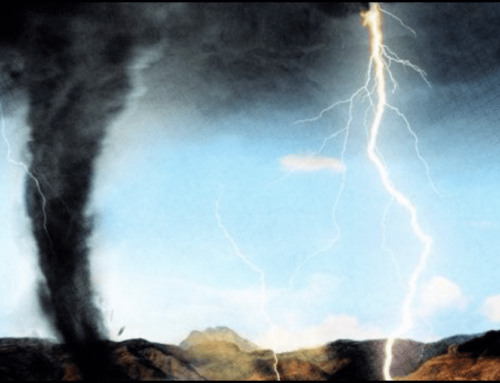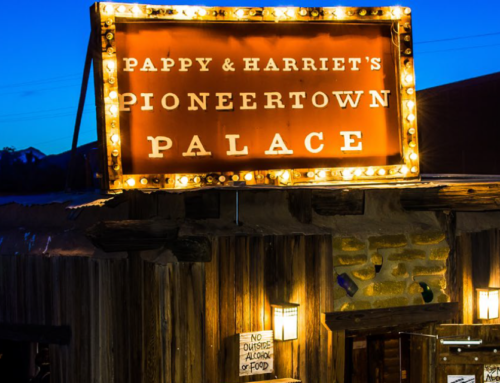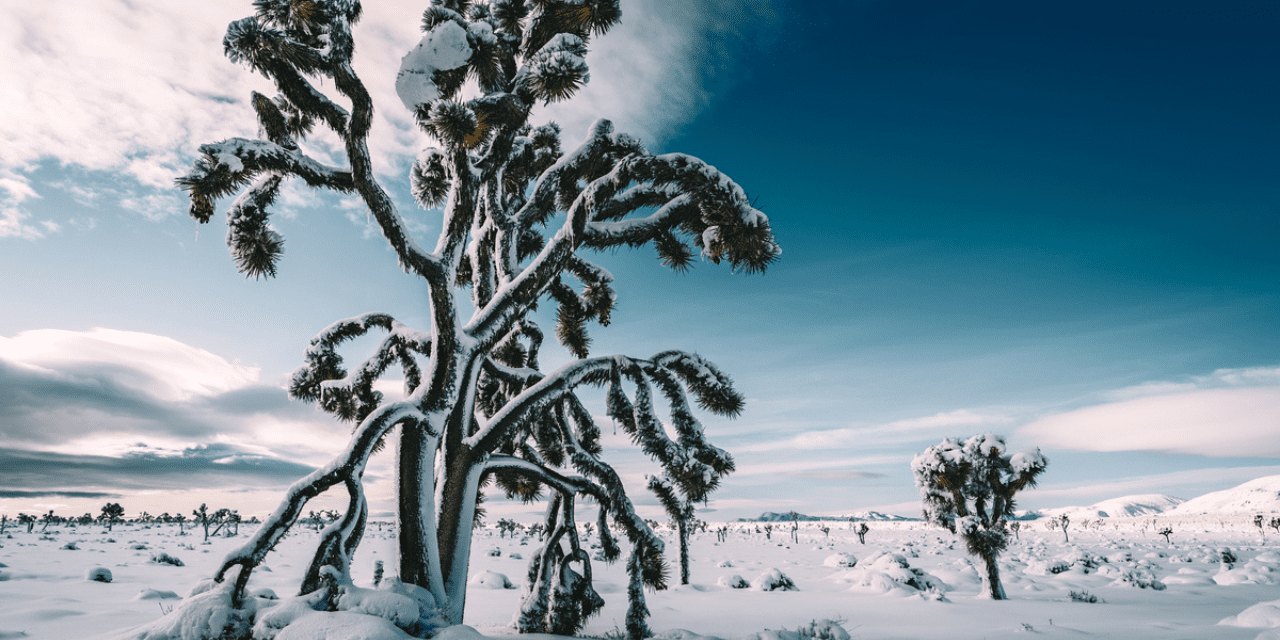
OH JOSHUA TREE, OH JOSHUA TREE, HOW PRICKLY ARE YOUR BRANCHES
By Lisa Morgan
I’ve often wondered how Miley Cyrus ever got herself up in that Joshua tree when she (regrettably) took a photo of herself in its branches. These prickly, unhuggable trees practically scream, “Do not climb!” as do the laws of the land. I honestly believe she just didn’t know. The Joshua tree does, after all, look incredibly durable. With the help of Vegetation Specialist, Jane Rogers, and her blog on the National Park Services website, here are some of the facts about the famed Joshua tree, and reasons why we treasure and protect them.
The Joshua tree has many names: Botanists call it, “Yucca Brevifolia.” Local Cahuilla elders call it “hunuvat chiy’a” or “humwichawa.” It’s rumored that somewhere in the mid-19th century, Mormon immigrants named the tree after the biblical figure, Joshua, who delivered the people of Israel through the desert into the promised land. They believed the outstretched tree limbs guided them along their own westward journey. While there is no historical documentation to back this up, the Joshua tree remains a symbol of hope and faith for many.
A recent DNA study showed that Joshua trees are part of the Agave family, only found en masse throughout the Mojave Desert, but also found (be it more sparsely) in the Sonoran Desert of western Arizona and the San Bernardino Mountains. Years ago, the Joshua tree’s tough leaves were worked into baskets and sandals. Its flower buds and seeds – consumed raw or roasted – were a source of nutrition. Ranchers and miners arrived in the high desert around the same time as the Mormon immigrants, with high hopes of raising cattle and digging for gold. Joshua trees were used for fencing, corrals, and as a source of fuel for the steam engines used in processing ore.
Rogers explains, “The Joshua tree’s life cycle begins with the rare germination of a seed, its survival dependent upon well-timed rains. Look for sprouts growing up from within the protective branches of a shrub. Young sprouts may grow quickly in the first five years, then slow down considerably thereafter. The tallest Joshua trees in the park loom a whopping forty-plus feet high, a grand presence in the desert. Judging the age of a Joshua tree is challenging; these ‘trees’ do not have growth rings like you would find in an oak or pine. You can make a rough estimate based on height, as Joshua trees grow at rates of one-half inch to three inches per year. Some researchers think the average lifespan for a Joshua tree is approximately 150 years, but some of our largest trees may be much older than that.”
Blooms of white flowers on long stalks at branch tips are the result of well-timed rains, a crisp winter freeze, and pollination by a yucca moth. According to Rogers’ research, “The moth collects pollen while laying her eggs inside the flower ovary. As seeds develop and mature, the eggs hatch into larvae, which feed on the seeds. The tree relies on the moth for pollination and the moth relies on the tree for a few seeds for her young—a happy symbiosis.” A straight stalk on a Joshua tree, versus the trees that look like an array of wild arms waving in all directions, means that the tree has never bloomed.
“It is an important part of the Mojave Desert ecosystem,” shares Rogers, “providing habitat for numerous birds, mammals, insects, and lizards. Joshua tree forests tell a story of survival, resilience, and beauty borne through perseverance.”
In many ways, the Joshua tree is like the many who have been drawn to this unique desertscape, blooming under conditions others might flee from, comfortable in their own uniqueness, with a mystical essence that hints at ancient, otherworldly wisdom, and hard-earned survival. Some are born prickly, while others have never bloomed. They all thrive here.
When you come to the Morongo Basin, know that these trees are precious and rare. As strong as they are, they do not often survive being taken from their home. Holes dug around their root system can put them at risk. Also know that there are strict laws protecting them, with severe consequences.
Take a moment to consider all that a Joshua tree has endured to stand tall. Let yourself feel a sense of wonder; why only here? Consider that even when a Joshua tree falls and dies, it continues to provide for desert creatures in this amazing ecosystem. Perhaps these trees are evidence of a deeper kind of magic. Maybe, if you stand in front of one and listen quietly, it will whisper its secrets to you in the breeze. Keep the magic of the moment and come back as often as you like, but please leave the trees alone to flourish.
Read more from Vegetation Specialist, Jane Rogers, at nps.gov/jotr/learn/nature/jtrees.htm
